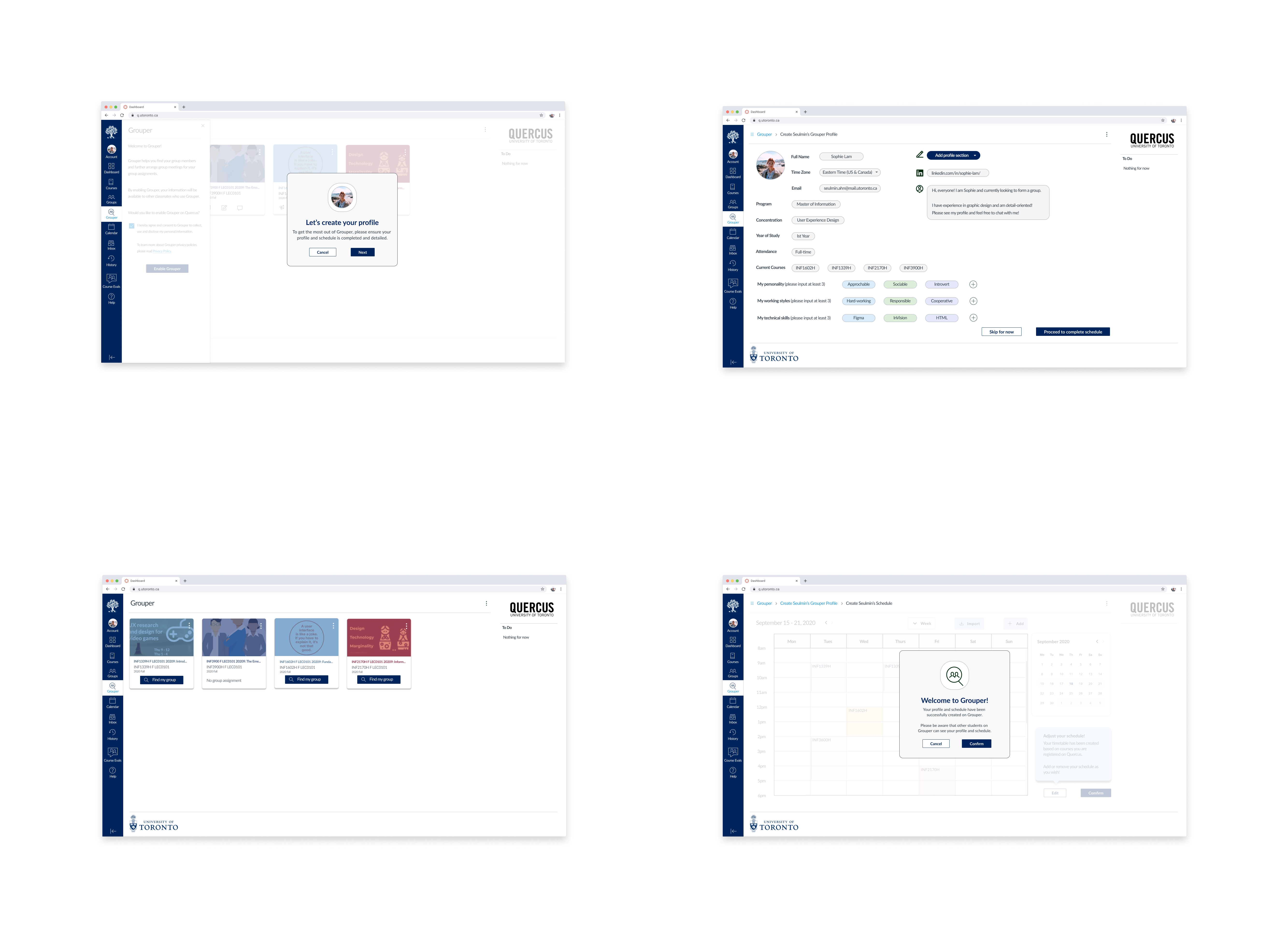Have you ever found reaching out to members for your school group projects cumbersome? With everyone using
different tools for communication and the lack of uniform channels to efficiently follow workflows, managing group projects is no fun. There's also the cliché problem of enforced talking with strangers. Awkward smiles, reluctant number sharing, you know the story.
Meanwhile, workspace logistics is evolving, especially during COVID, apps like Slack and Microsoft Teams are seeing stronger growth than ever before.
Could there be a parallel solution for education? To find out, my team of five designers and I deployed surveys, interviews with U of T students as well as other forms of research including competitive analysis and literature reviews to get a better grasp of the relevant problem space. I personally managed the evaluation of the findings, categorized into three specific areas as illustrated in the key findings.
For more detailed user research data, please have a look at our
user research report.

















